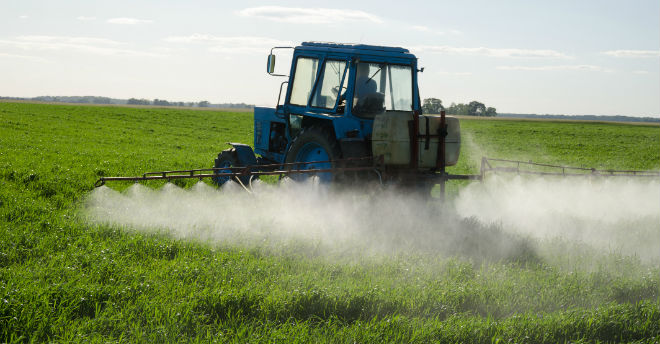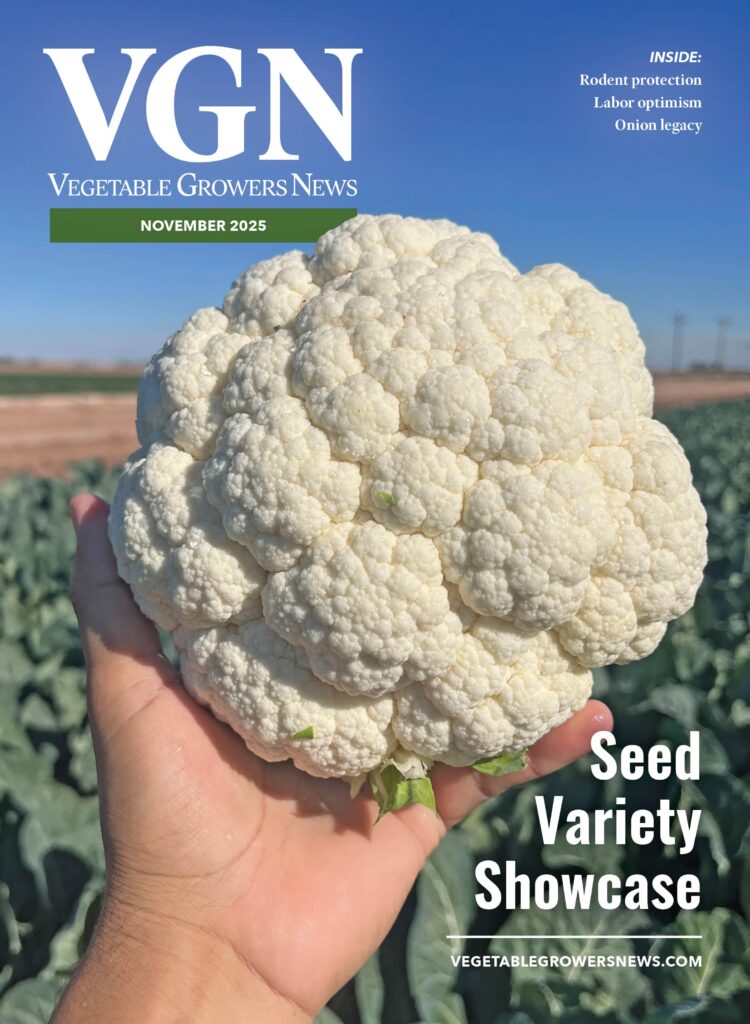Jun 3, 202110 useful rules for fungicide applications
This is the time of year when vegetable growers may start to apply fungicides. Below I list 10 rules that will help vegetable growers apply fungicides effectively and safely.
-
- Apply fungicides prior to the development of disease. Although many fungicides have systemic (“kick back”) action they will not completely eradicate diseases after they have started. And by the time a single disease lesion is observed in the field, many more lesions too small to observe are already working at your crop. Most systemic fungicides move less than an inch toward the tip of the plant or may just move from the upper to the lower side of the leaf.
- Use shorter spray intervals during weather conducive to plant disease. Each plant disease has its own “personality” and thus prefers different weather. However, most foliar plant diseases require leaf wetness. Therefore, during periods of rain and heavy dews, more frequent fungicide applications are a good idea. The normal range of spray applications is every 7 to 14 days. Cantaloupe and watermelon growers have the guesswork taken out of this process with a Purdue University program known as MELCAST. Ask the author for more details by calling (812) 886-0198 or go to melcast.info.
- Apply fungicides before a rain if possible. Water is necessary for most fungal spores to infect a plant and for the splash dispersal of many spores. Therefore, apply fungicides before a rain if it appears that the fungicide will have a chance to dry before the rain. It is not necessary to apply fungicides again after every rain. Most fungicides have a good sticker and will persist through rains pretty well. The MELCAST program takes into account the effect weather has on fungicides. More information can be found about rain-fastness of fungicides in issue 685.
- Know when to alternate fungicides. Systemic fungicides, those with a single mode of action, if applied again and again in sequence, may cause disease causing fungi to mutate into a form resistant to the fungicide. It is always a good idea to alternate fungicide applications from one FRAC code (MOA code) number to another. Read the label carefully to find language about fungicide alternation. Contact fungicides with a FRAC code of M like chlorothalonil and mancozeb are very unlikely to cause such mutations and therefore may be applied in sequence. Although some fungicides may have designations such as M01 or M02, any fungicides with an M does not need to be alternated. Table 32 in the Midwest Vegetable Production Guide http://mwveguide.org/ will help growers alternate fungicides.
- Timing of fungicide applications is more important than nozzle type and spray pressure. Studies here in southern Indiana as well as by researchers in other areas of the country have found that nozzle type and spray pressure don’t make as much difference as we once thought. In general, the more water one uses per acre, up to about 50 gallons, results in better coverage.
- Some diseases cannot be managed by foliar sprays. Problems caused by soil borne fungi or nematodes cannot be controlled with foliar fungicides. Examples of these types of problems would be Fusarium wilt of watermelon or root-knot nematodes. Also, be certain that the problem you observe is really a disease. No amount of fungicide will improve a problem caused by soil fertility. Send a sample to a University Plant Diagnostic lab to find out the official diagnosis:
University of Illinois Plant Clinic: https://web.extension.illinois.edu/plantclinic/
Purdue Plant and Pest Diagnostic Laboratory: http://www.ppdl.purdue.edu/ppdl/index.html.
-
- Use copper products for bacterial diseases. For the most part, copper products are more effective against bacterial diseases than they are against fungal diseases. However, some bacterial diseases are caused by pathogens resistant to copper products.
- Some diseases require specialized fungicides. Diseases, such as downy mildew and Phytophthora blight, may require specialized fungicides. It may be wasteful to apply specialized fungicides all season long for diseases that are not a threat. For example, downy mildew of cucurbits usually does not arrive in Indiana until late in the season.
- Double-check the label for details. Rates may vary widely based on label changes and different formulations. While you are checking the rate, also make sure that the crop and disease are on the label. (Can this fungicide be applied in the greenhouse?) Did you get the rate from the Midwest Vegetable Production Guide for Commercial Growers? http://mwveguide.org/ Check the label anyway.
- Play it safe. Always adhere to the Post-Harvest Intervals, Re-Entry Intervals and Worker Protection Standards listed in the label. No one wants an accident or lawsuit. Besides, the label is the law.
This article was reprinted from the Purdue Vegetable Crops Hotline https://vegcropshotline.org/
– Dan Egel, Extension Plant Pathologist, Purdue Vegetable Crops Hotline, Purdue University

















